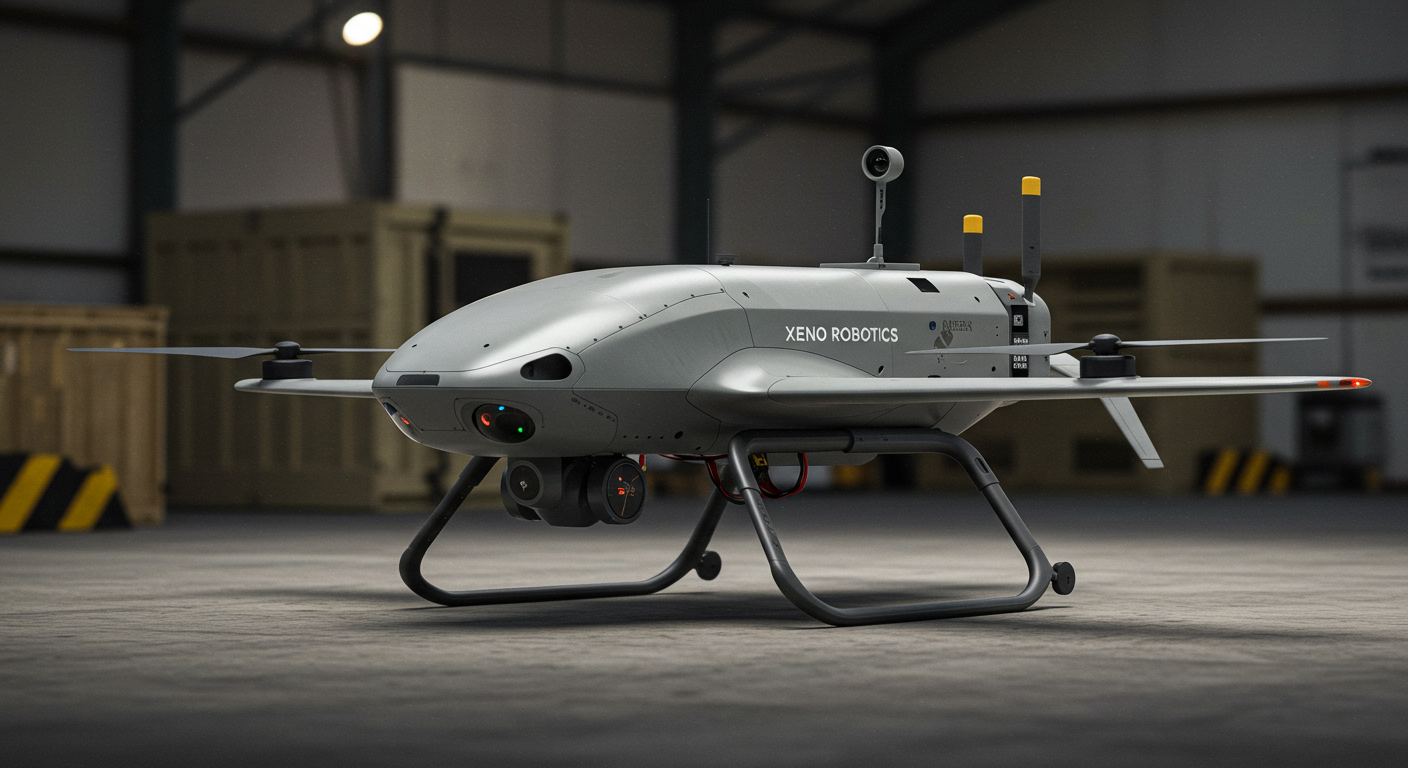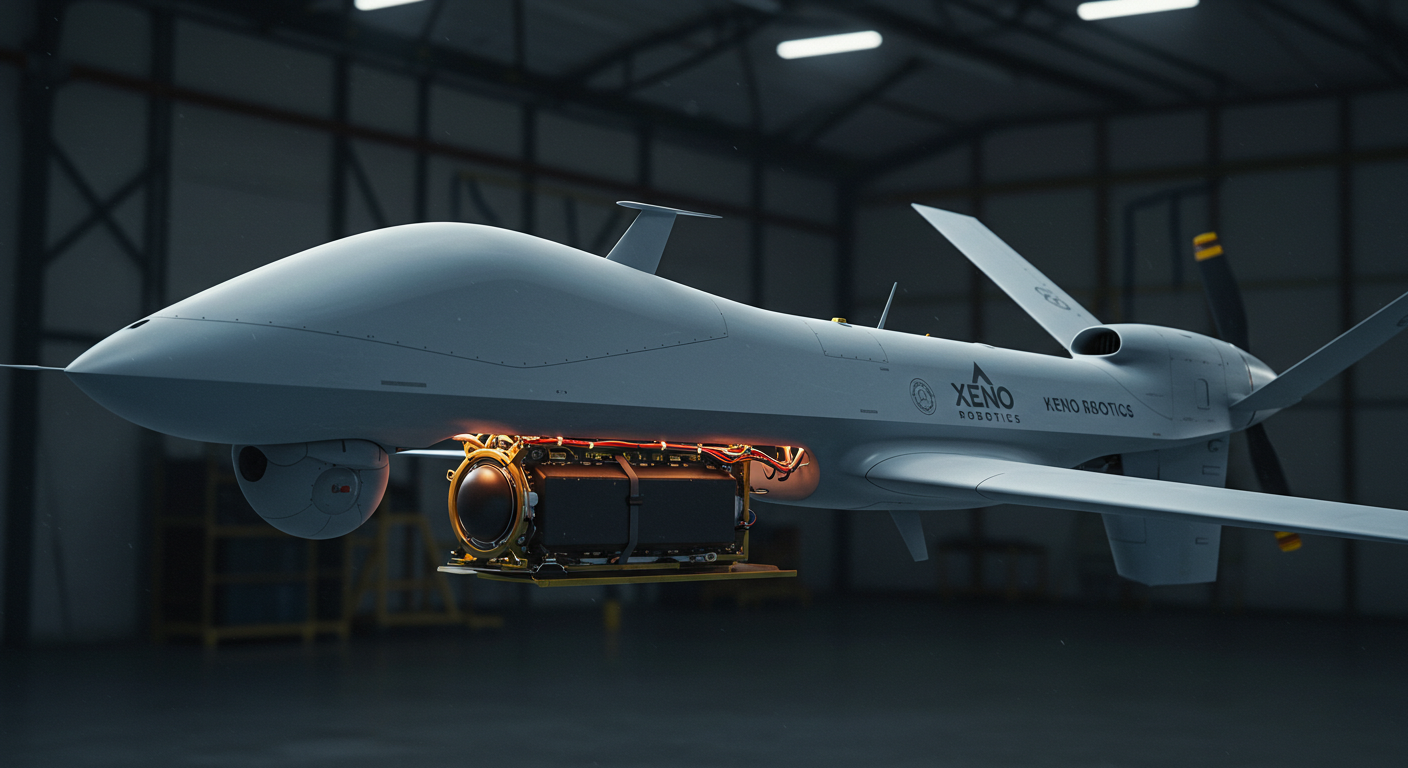Introduction
In today’s fast-evolving security landscape, machine learning (ML) has become a cornerstone of modern threat detection. From cybersecurity to physical defense systems, ML enables organizations to detect, predict, and neutralize threats faster than ever before. By analyzing vast amounts of data and identifying hidden patterns, machine learning is transforming how defense forces, enterprises, and governments approach security.
Why Machine Learning is Vital for Threat Detection
Traditional security systems rely on rule-based detection, which often struggles against sophisticated cyberattacks, evolving malware, and unconventional battlefield threats. Machine learning enhances detection capabilities by:
-
Identifying anomalies in real-time.
-
Adapting to new threat patterns without manual updates.
-
Scaling intelligence analysis across massive datasets.
-
Reducing false positives to improve efficiency and decision-making.
By integrating ML into threat detection systems, organizations move from reactive defense to proactive threat prevention.
Applications of Machine Learning in Threat Detection
1. Cybersecurity Defense
ML models detect phishing attempts, ransomware, and advanced persistent threats (APTs) by analyzing network traffic and user behavior. These systems learn over time, making them more resilient against zero-day exploits.
2. Fraud Prevention in Finance
Financial institutions use ML to track irregular transactions, identity theft, and insider threats, ensuring real-time fraud detection without slowing down legitimate activity.
3. Border & Perimeter Security
Autonomous surveillance platforms leverage ML to identify unusual movements, unauthorized entries, or potential infiltration attempts along critical infrastructure or borders.
4. Military and Defense Systems
Machine learning enhances radar, UAVs, and sensor networks to detect enemy movements, electronic warfare tactics, and hidden threats in contested environments.
Advantages of ML-Driven Threat Detection
-
Speed & Scalability – Processes millions of signals in seconds.
-
Adaptive Intelligence – Learns continuously from new data.
-
Predictive Insights – Anticipates threats before they materialize.
-
Operational Efficiency – Reduces analyst workload and response time.
-
Resilience Against Unknown Threats – Identifies never-seen-before attack vectors.
Challenges in Implementing Machine Learning
While ML offers unmatched potential, challenges remain:
-
Data Quality – Poor or biased training data can reduce accuracy.
-
Adversarial Attacks – Hackers can attempt to deceive ML algorithms.
-
Interpretability – Black-box models make decision-making hard to explain.
-
Integration Costs – Deploying ML at scale requires infrastructure investment.
Overcoming these hurdles requires combining machine learning with human expertise, cybersecurity policies, and continuous monitoring.
Future Outlook: Smarter, Autonomous Security
As AI and ML models advance, the future of threat detection lies in fully autonomous systems capable of predicting and neutralizing attacks in real time. Emerging trends include:
-
Explainable AI (XAI) for transparency in defense decisions.
-
Federated Learning to train ML models across distributed networks without compromising sensitive data.
-
Integration with IoT & 5G security for next-generation infrastructure protection.
Conclusion
The role of machine learning in threat detection is rapidly expanding across industries, from cybersecurity to national defense. By enabling faster, smarter, and more adaptive security measures, ML is not only reshaping how threats are detected but also how they are prevented.
As adversaries grow more sophisticated, the organizations that embrace ML-driven threat detection will maintain the critical advantage of speed, precision, and resilience.












